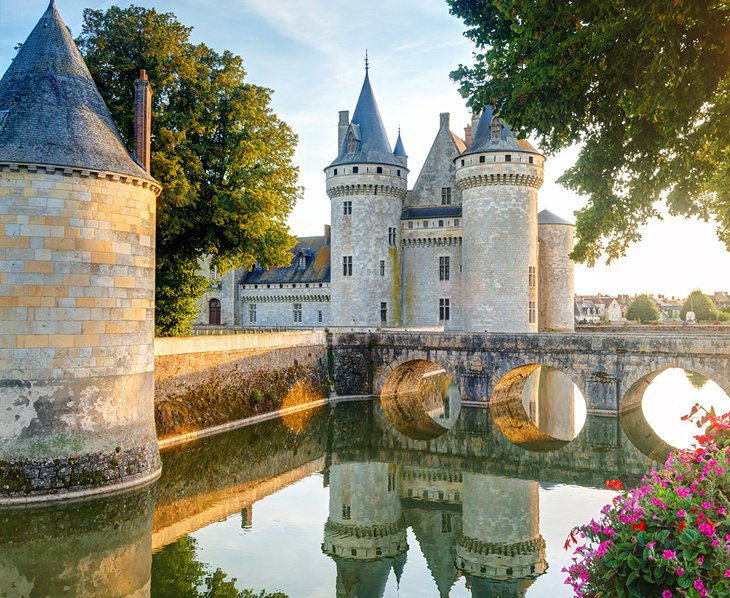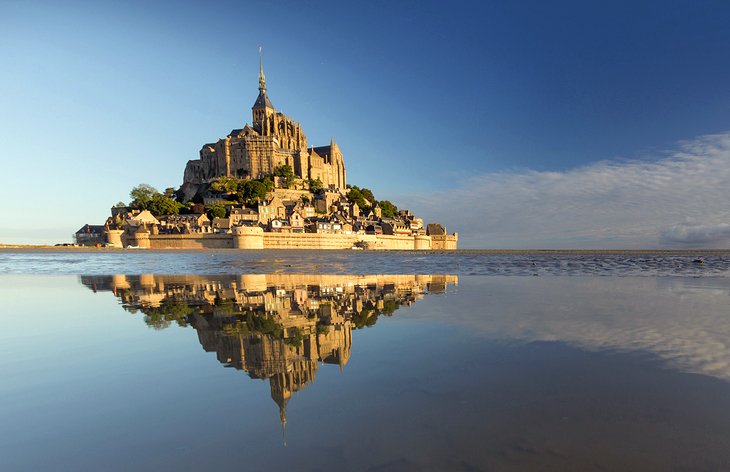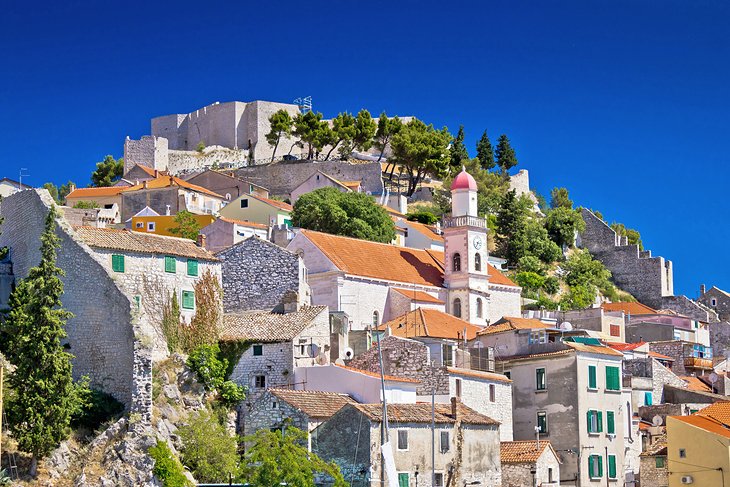The Loire Valley

Within the administrative regions of Pays de la Loire and Centre-Val de Loire, the 280-kilometer (170-mile) Loire Valley is situated in the center of the Loire River in central France. The Loire Valley is roughly 800 square kilometers (310 square miles) in size. Because of the profusion of vineyards, fruit orchards (including cherry orchards), and artichoke and asparagus fields that border the river's banks, it is known as the Cradle of the French and the Garden of France.Since the Middle Palaeolithic, people have lived in the valley, which is famous for its ancient villages, buildings, and wines.The center region of the Loire River valley was listed as a World Heritage Site by UNESCO in 2000.The middle portion of the river valley, between Chalonnes-sur-Loire and Sully-sur-Loire, was added to UNESCO's list of World Heritage Sites on December 2, 2000. According to the committee, the Loire Valley is "an exceptional cultural landscape, of great beauty, comprised of historic cities and villages, great architectural monuments - the châteaux - and lands that have been cultivated and shaped by centuries of interaction between local populations and their physical environment, in particular the Loire itself." This area encompasses the French départements of Loiret, Loir-et-Cher, Indre-et-Loire, and Maine-et-Loire.According to a 2016 European Commission assessment, the Pays-de-la-Loire region's economy was mostly composed of three sectors: services (including tourism) accounted for 66.7% of employment, followed by industry (26.5%) and agriculture (3.9%). 8.8% was the unemployment rate. The region produced 5.0% of France's gross domestic product in 2015, placing it ninth in terms of economic performance. Leather goods, textiles, shipbuilding, aviation, agriculture, food processing, and the plastics industry were all significant economic sectors.For the broader Loire Valley area, the EC did not provide a report.Montrésor, a "fairytale village with a rich history" as demonstrated by "the wool market, the Halle de Cardeux,... the 16th-century Logis du Chancelier,... a riverside walk, Balcons de l’Indrois, [and]... Jardinier Bridge," was listed as one of the 20 most picturesque villages in France by The Guardian’s travel section in April 2019.
The easiest way to see the castles in the Loire Valley is to rent a car.
Take a guided tour. The Loire Valley is known for its elegance and grandeur and is etched as an important chapter in French history. The old chateaux that once housed monarchs and royals are located in the area. Numerous vineyards can be seen across the valley's sceneries, aside from remnants of aristocracy.
By Admin
21 May 2025
.jpeg)

.jpeg)
.jpeg)

